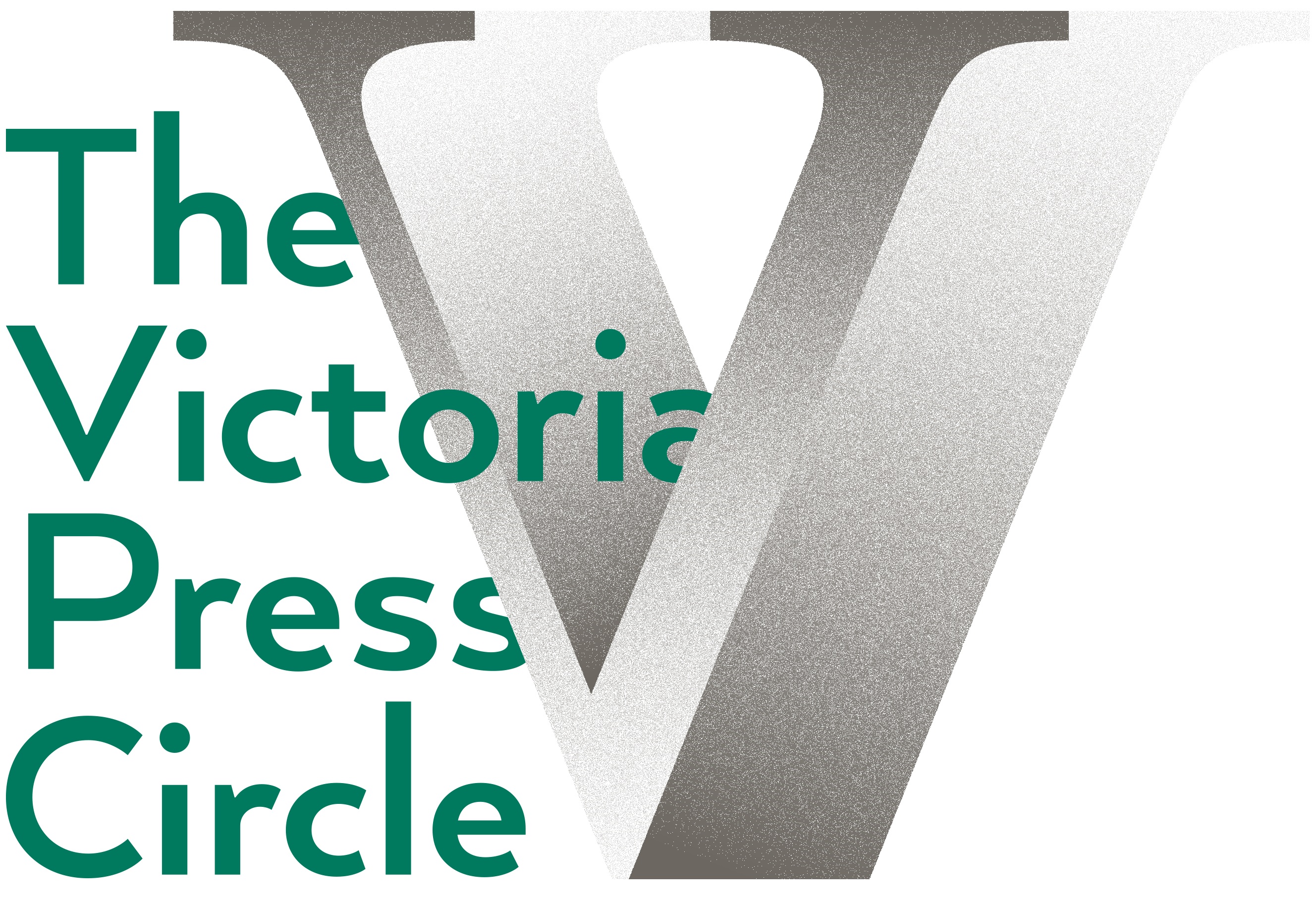
In 1860, Emily Faithfull founded the Victoria Press—a radical commercial venture that provided new avenues for women’s work in the printing industry. Faithfull and a group of activists set up a printing shop where women worked as compositors (setting type). They printed anthologies, tracts, and feminist periodicals, including the monthly English Woman’s Journal (1858-1864), which published mainly contributions by women. Articles in the EWJ advocated for female employment in different fields like clock-making, hairdressing and engraving, as well as other contemporary feminist causes.
My digital project, The Victoria Press Circle, funded by Princeton’s Center for Digital Humanities, offers open-access network graphs of the women and men involved in the Victoria Press, based on contents of the EWJ and 190 other books and pamphlets, all printed by women. The Victoria Press Circle’s first aim is reconstruction: the project helps to establish the history of the Victoria Press, since there is no existing archive. This is especially important since the EWJ includes a high percentage of unsigned contributions. None of the women who published in the EWJ currently have significant digital representation. Identifying them as individuals combats the critical undervaluing of texts in female-produced periodicals, and studying them as a group highlights authors who may not receive attention individually.
Furthermore, this project demonstrates collaboration. A network-focused approach is particularly appropriate because the Victoria Press was constructed on a material model of collaborative female labor. Its founders explicitly attempted to build a hub of social interaction around the Press, creating venues to promote women’s rights. They saw their office as a meeting place for women advocating for female employment, “a depôt for information of every kind relating to the employment of women” (EWJ, 1859). In creating network graphs, I’m reconstructing how the Presswomen built a social network for themselves.
In addition to literary contributors, my visualizations include compositors, engravers, printers, editors, and paper manufacturers. While the individual model of many digital archives privileges authors and minimizes others involved in literary production, the women of the Press were working at every level of print culture to advance their social aims.